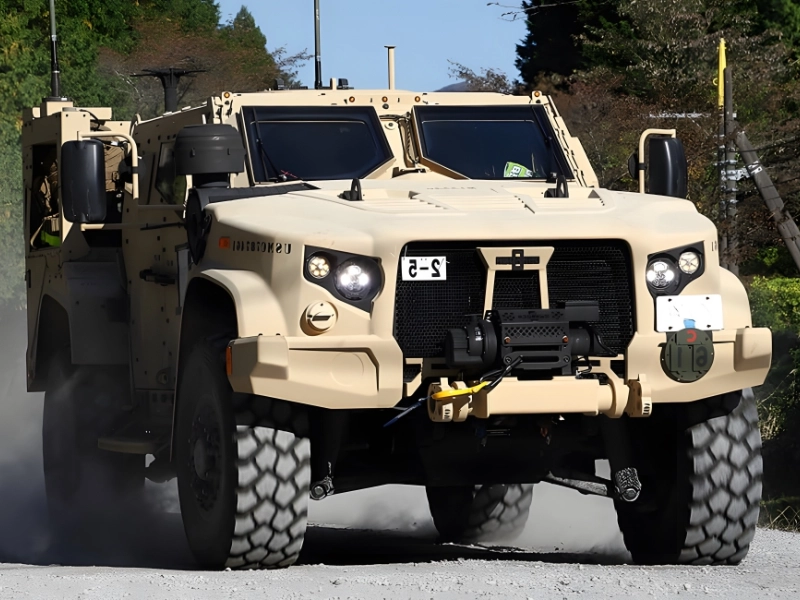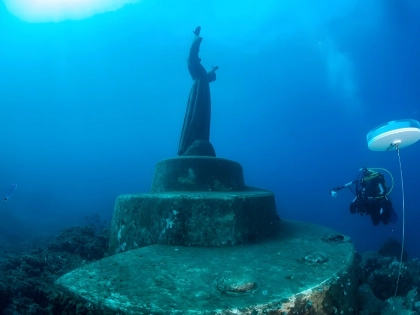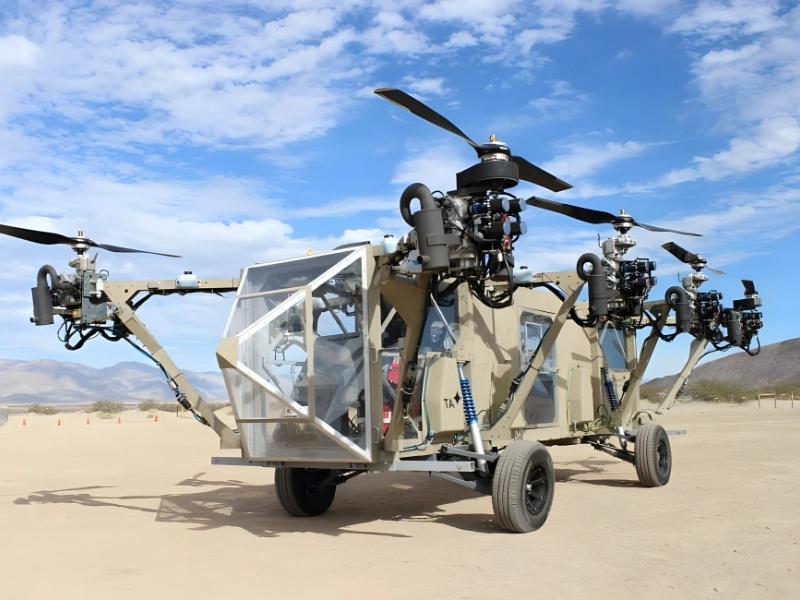These Jaw-Dropping Military Vehicles Will Blow Your Mind
13.The United States' L-ATV Joint Light Tactical Vehicle (JLTV)
Producer: Oshkosh Defense
Main Users: United States Army and Marine Corps
Expense: $465,127
The L-ATV Joint Light Tactical Vehicle (JLTV) is designed for use by the U.S. Army and Marine Corps as a modern replacement for the iconic Humvee. One of the key advantages of the JLTV over its predecessor is its enhanced durability, allowing it to withstand greater damage while providing superior cargo capacity.
The development of the JLTV program began with preliminary research in 2006, leading to Oshkosh Defense being selected to manufacture this advanced vehicle. The JLTV incorporates state-of-the-art technology and engineering to meet the evolving needs of military operations, ensuring that it can perform effectively in diverse and challenging environments.
In conclusion, the JLTV represents a significant advancement in tactical vehicle design for the U.S. military. Its combination of increased resilience and improved cargo capabilities makes it an essential asset for the Army and Marine Corps, enhancing operational effectiveness and safety in the field.

The L-ATV Joint Light Tactical Vehicle (JLTV) is designed to adapt to a wide range of military missions, including utility transport, command and control operations, ambulance services, reconnaissance, and armament carrying. Its versatility makes it an invaluable asset for various operational needs.
In line with the U.S. Army's Long-Term Armor Strategy, the JLTV is equipped with two layers of armor protection, ensuring enhanced safety for its occupants against ballistic threats and explosive devices. This layered armor design not only provides robust defense but also contributes to the vehicle's overall reliability in combat situations.
In conclusion, the JLTV's multifunctional capabilities and advanced armor make it a critical component of modern military operations. Its ability to perform diverse roles while ensuring the safety of personnel underscores its importance to the U.S. Army and Marine Corps.








